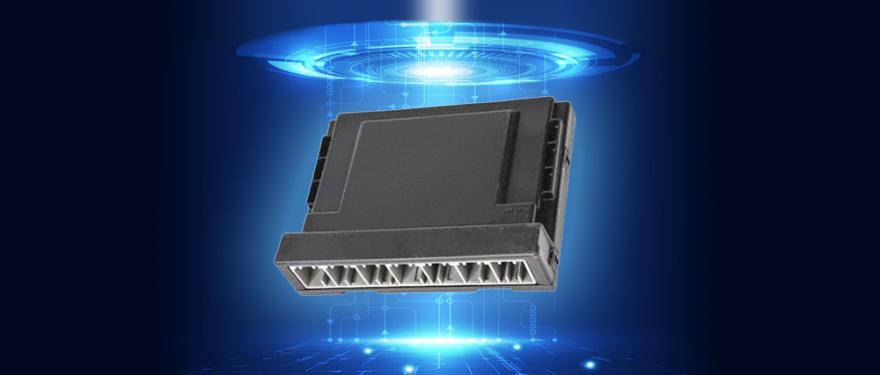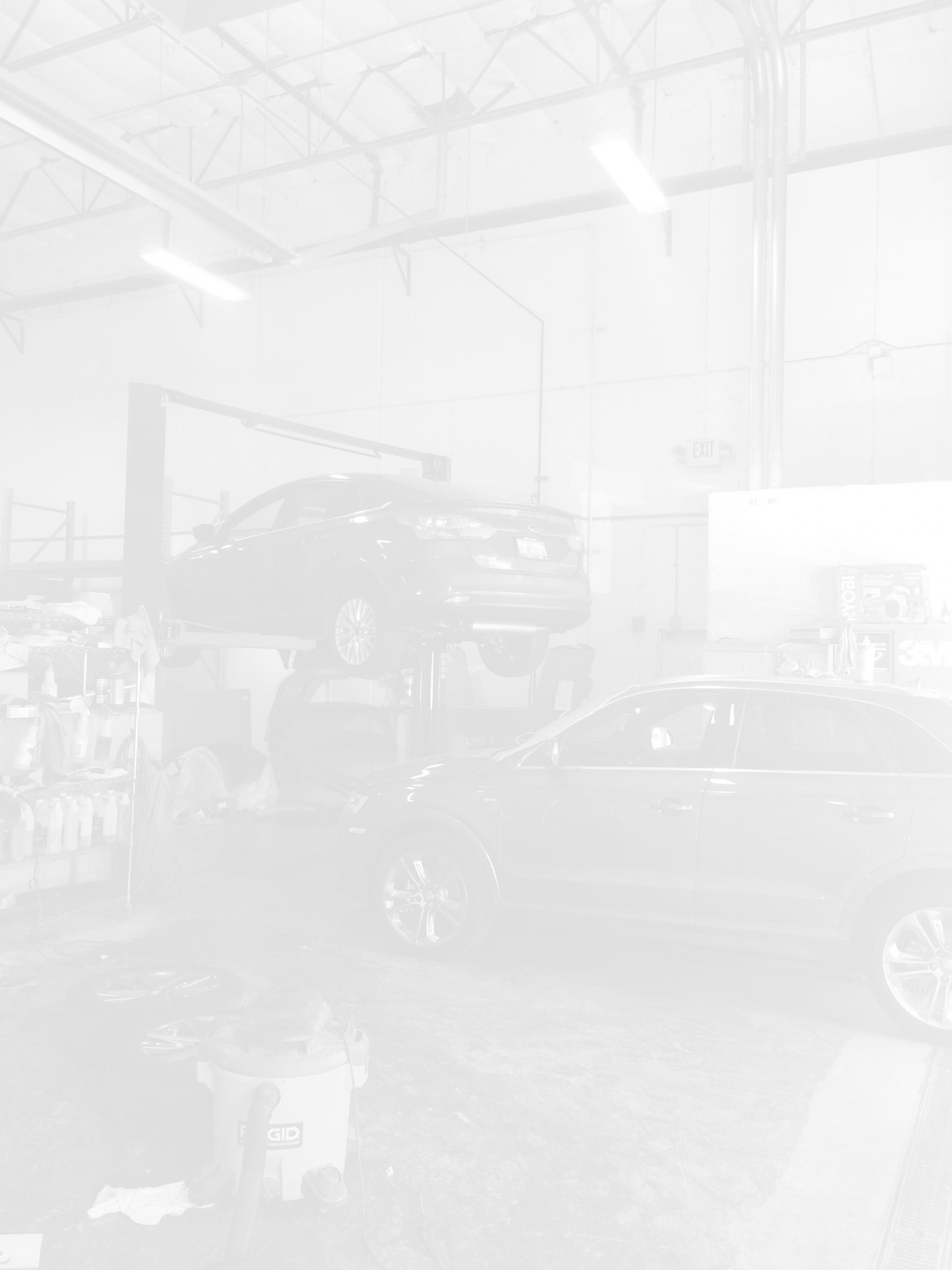For many of you this is old news. You’ve been programming modules to do the right thing at the right time for years. But for some of you, just disconnecting a battery gets you thinking, “What will this break?” Welcome to the world of relearning and reprogramming.

What is Relearning?
Relearning is the simpler of the two activities. It can take several forms. At its most basic level, it involves leaving the vehicle alone for a bit, confident that it will sort things out over time.
For example, many cars and trucks with “throttle-by-wire” need to learn their baseline idle and the home position of the throttle plate. As gunk builds up on the throttle body and restricts airflow, that home may move to a new address. Along comes a technician to carefully clean out the throttle body and a dramatic change in airflow occurs. If you skip the relearn procedure, your customer may experience several days of idle speeds that may be too high or change erratically. Before you give that vehicle back to the customer, navigate to the “Programming and Relearning” information in ALLDATA Repair. You may find you must do nothing more than start the engine and let it idle in Park for several minutes; some manufacturers’ procedures may have you initiate an “Idle Learn Reset” using a scan tool.
… also known as ‘reflashing’ or ‘flashing.’ As you might imagine, this process is more involved than relearning and adds the stress of knowing that you might very well turn an expensive module into an expensive paperweight.
Tire pressure monitoring systems (TPMS) relearning varies greatly by manufacturer and model year. Some Hondas just need you to push a button on the dash (2014 CR-V) and drive for a few miles. Other Hondas require the use of a TPMS trigger tool to wake the tire pressure sensor and a scan tool to enable the TPMS control unit to learn each sensor’s identification code.
Special precautions for relearning may involve not having other vehicles nearby or avoiding having the key fobs of other vehicles present during the process. As always, refer to the information contained in ALLDATA Repair to make the process go smoothly.
Reprogramming, the next level
Sometimes relearning isn’t enough. The ones and zeros that make up the instructions a module follows must be burned into its memory. This is reprogramming, also known as “reflashing” or “flashing.” As you might imagine, this process is more involved than relearning and adds the stress of knowing that you might very well turn an expensive module into an expensive paperweight. Reprogramming has been around for over two decades, but became an EPA (Environmental Protection Agency) required feature for all cars and light-duty trucks sold in the United States beginning with the 2004 model year.
While the process is not consistent from manufacturer to manufacturer or even from year to year, most procedures involve the use of a Society of Automotive Engineers (SAE) J2534-compliant “pass through” device that connects on one end to the vehicle and on the other end to a Windows PC with internet access. In addition to this hardware, you’ll need to add a subscription to the OEM programming software.
Want to see how ALLDATA can improve shop efficiency? Check out our suite of products, each designed to contribute to both shop efficiency and productivity.
If you would like to read more articles like this one please subscribe to ALLDATA News.








